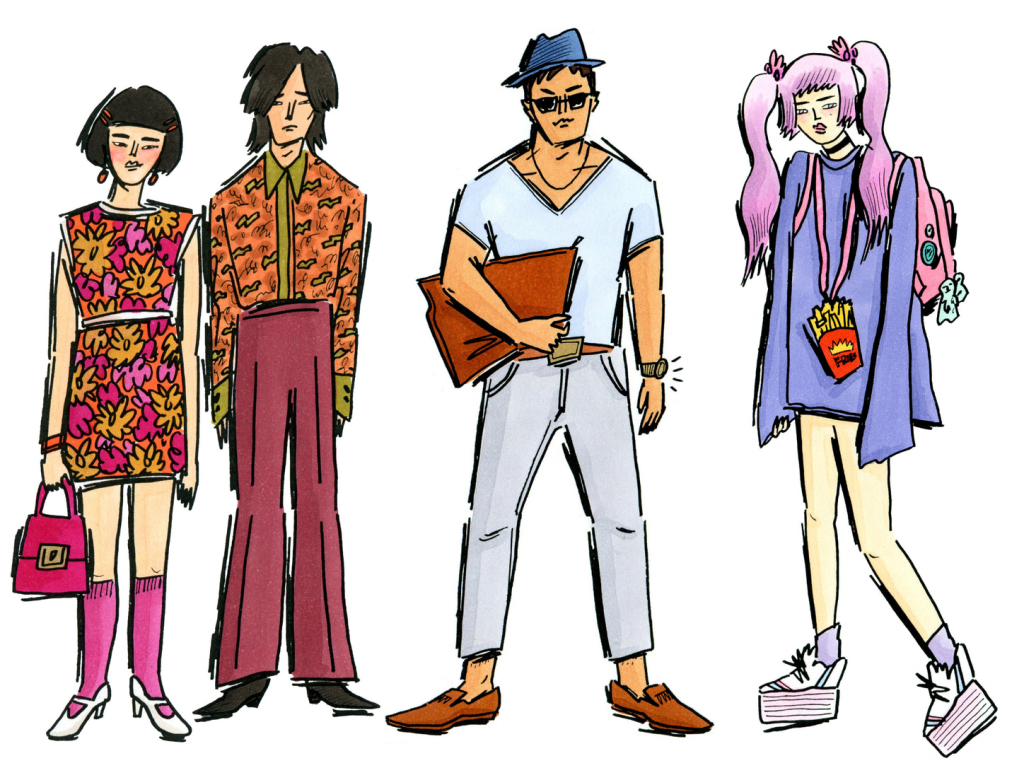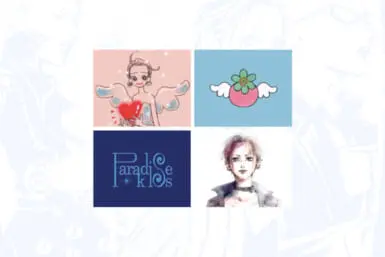Even though Tokyo fashion can be wild and unpredictable, it can also be the opposite. Walk around the city and soon you’ll begin to spot a few sartorial stereotypes. Here are six current key looks you’ll find on the streets of Tokyo: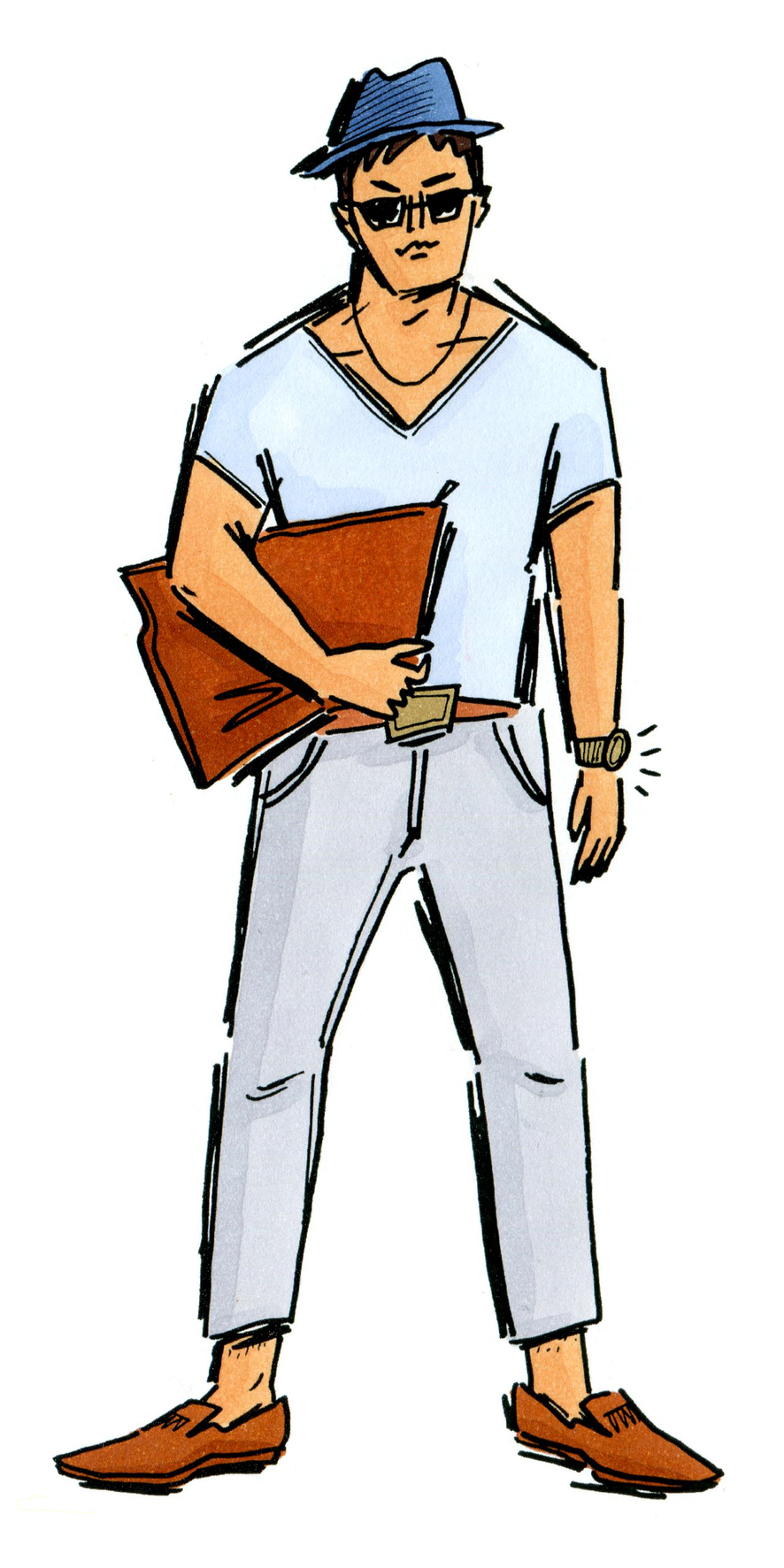
Modern Man About Town
Key identifiers: Tanned skin, designer sunglasses, a fit physique, flashy jewelry, tight pants, V-neck tees, clutch bags, take-out coffee cups, bare ankles
Natural habitat: Shibuya, Shinjuku, Roppongi
Comprising both the aspiring sophisticated “new gentleman” and a Western-influenced “cool party boy,” this fashion flock presents a mix of laid-back European style and American bravado. Not afraid to show off (their bodies or assets) they are easily spotted at shops, cafés and gyms before heading out to bars and clubs – Instagramming all the way.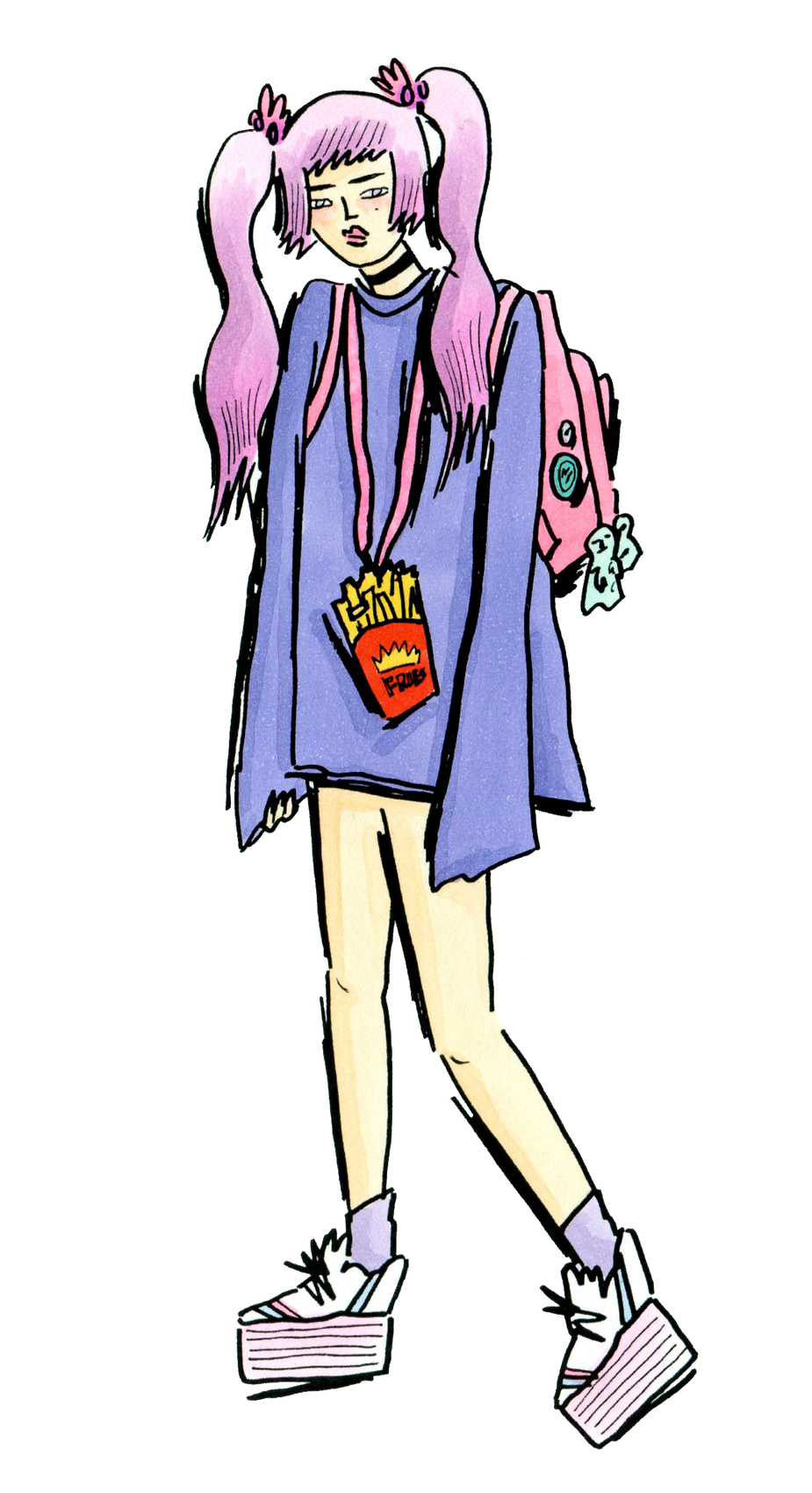
Neo Harajuku and Beyond
Key identifiers: Platform trainers, oversized tops, chokers, rainbow hair, twin tails, mini backpacks, pop culture pin badges and charms
Natural habitat: Harajuku, Shin Okubo, Nakano Broadway
Harajuku’s heyday of pioneering subcultures may be dwindling but its legacy continues. In addition, Korean street fashion has become a powerful influence, and otaku consumers have begun mixing fandom with style. A predominant look has emerged, fusing kawaii, pop idols, 2D heroines and real-life teen heaven. Whether they want to look like an anime character or just be their own idol, the hyper dreamy color palette radiates a magical aura in a sea of office workers.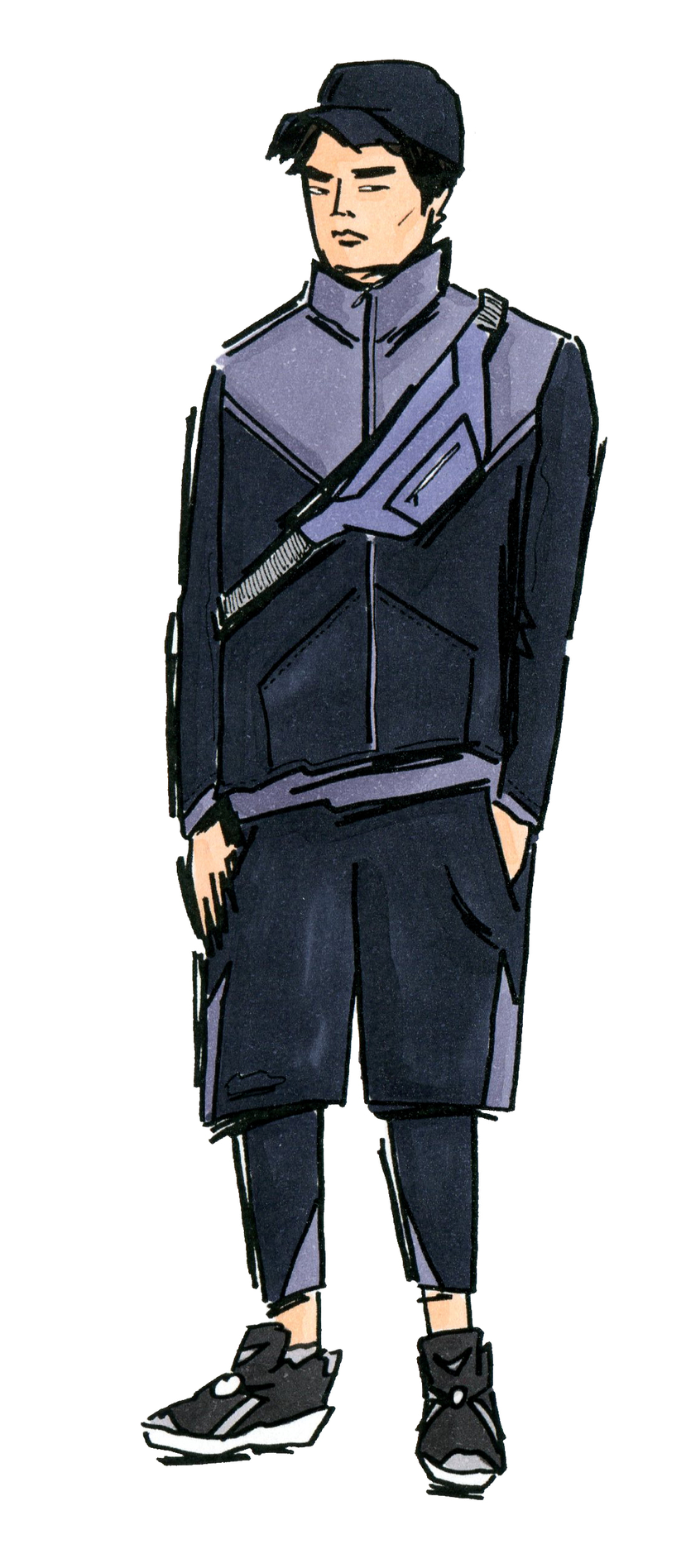
Urban Athlete
Key identifiers: Shorts over leggings, caps, windbreakers, stylish sneakers, a dog, depending on available pockets: no bag, money pouch, utility backpack
Natural habitat: Outdoors, parks and coffee shops, all over Tokyo
It’s never exactly clear if this person is on their way to a workout, just came back from a workout, or has zero interest in exercise. Nevertheless, their sporty getup has become the go-to activewear seen on everyone from dog walkers to city cyclists. The rise of sportswear as streetwear means many have also discovered the functionality of dressing like you’re “on the go,” even when you’re just going to Starbucks.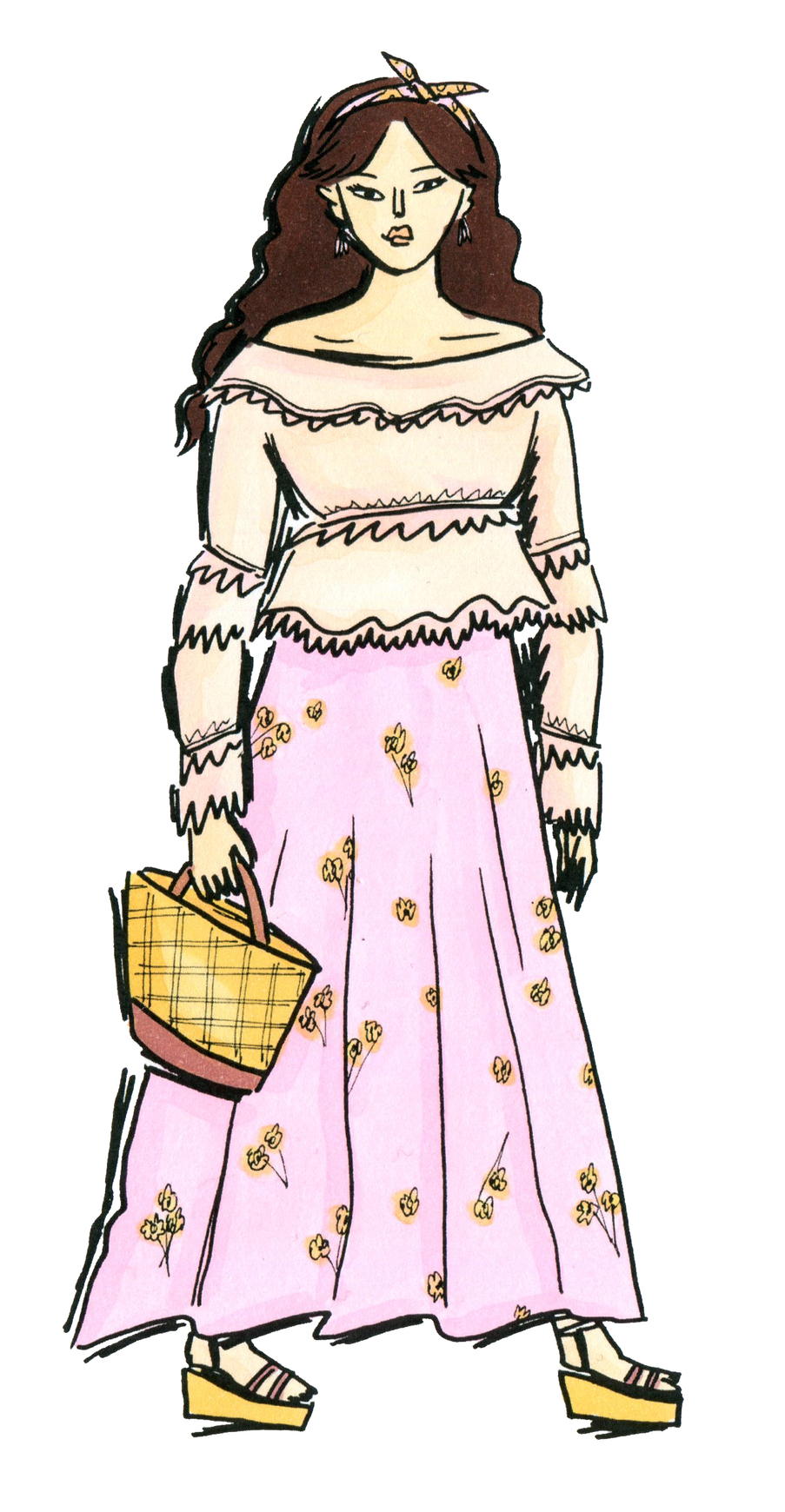
Floral Femmes
Key identifiers: Perfectly tousled curls, manicured nails, wedge heels, floral prints, ruffles and frills, pale hues, off-the-shoulder cuts, straw sun hats, expensive handbags
Natural habitat: Shibuya, Omotesando, Aoyama, Ginza
Conforming to Japan’s gender stereotype of femininity whilst trying to keep up with worldwide style trends has resulted in a hybrid of modestly sexy, girly chic. There are three recurring factors: frilly, floaty and floral. Miniskirts and low-cut tops might defy the essence of cuteness and purity, so instead outfits focus on, for example, an exciting glimpse of bare shoulders.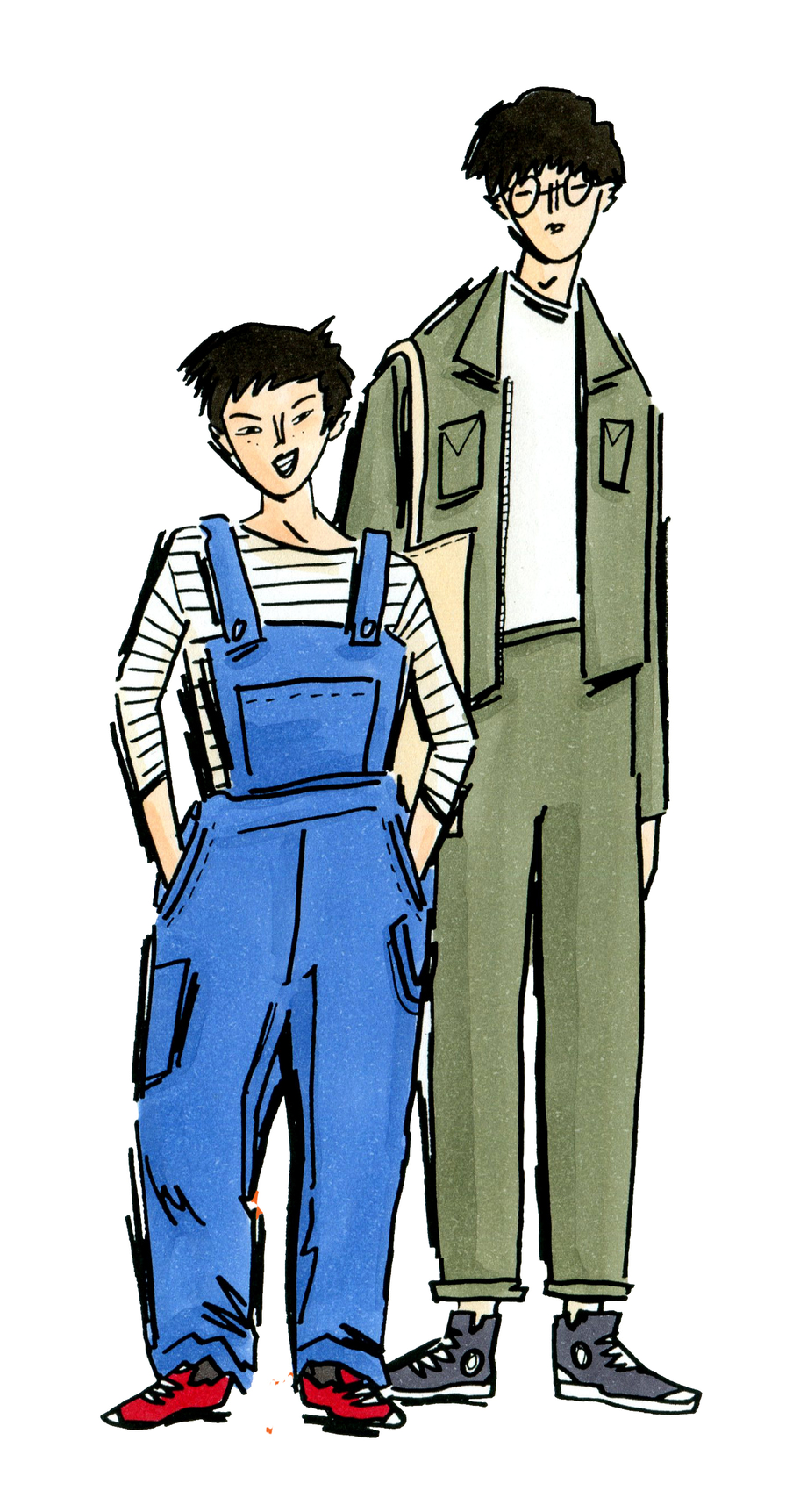
Classic Workwear & Rustic Chic
Key identifiers: Overalls, denim, white tees, long-sleeved striped tees, turned-up cuffs, tote bags, minimal accessories, flat caps, Converse high-tops or plimsolls
Natural habitat: Daikanyama, Nakameguro, working in a stylish homeware store
The sartorial culmination of Japan’s love affair with Americana and Western history, combined with a MUJI spin-off and a touch of chic Francophile. Vintage workwear is paired with classic border (stripe) fashion or a white tee. Simplicity and utility are key, with a palette of neutrals in practical fabrics. The result is something like an impeccably turned out mechanic from a time warp in 20th century rural America.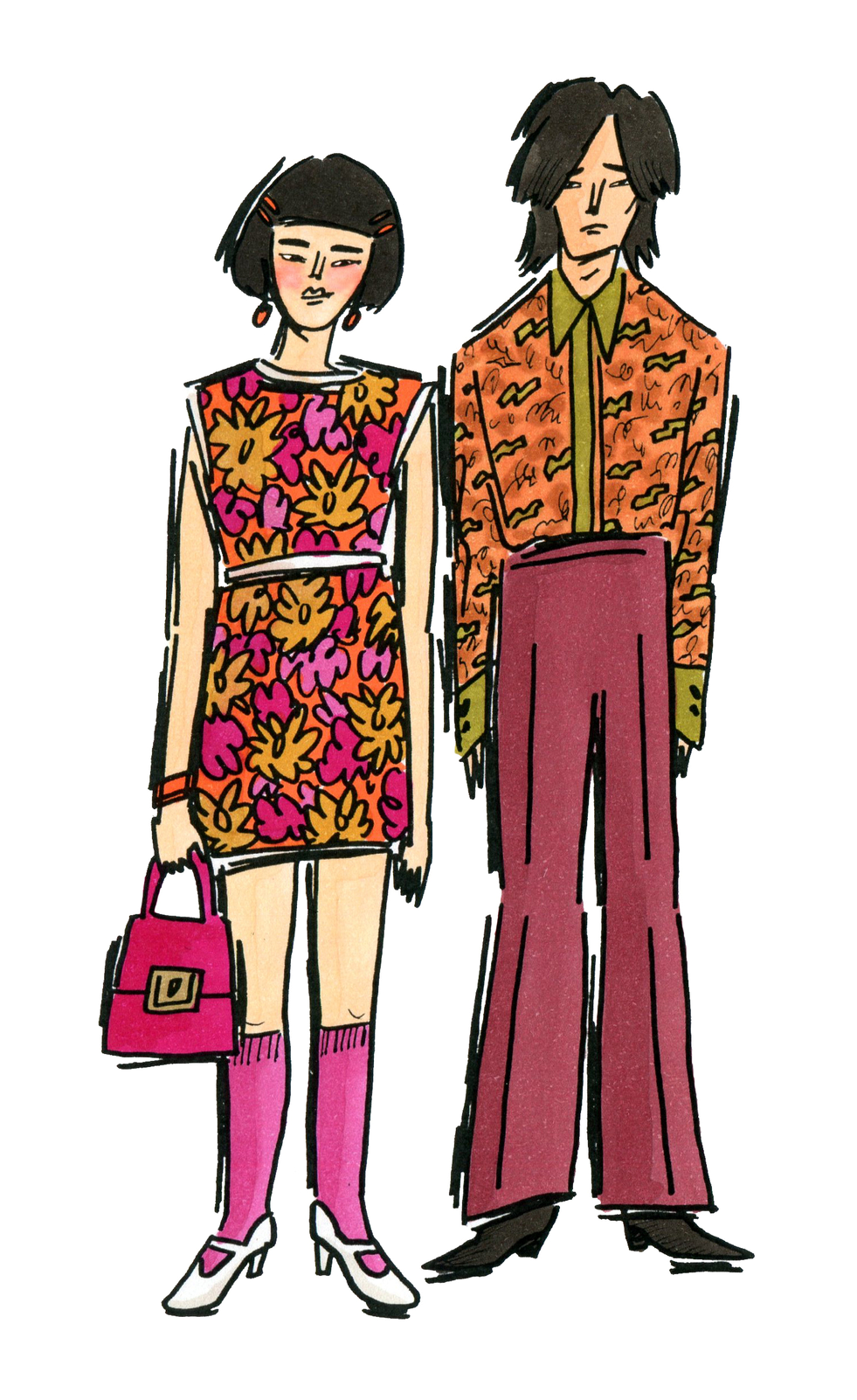
Showa Revivalists
Key identifiers: Retro haircuts, psychedelic patterns, clashing fabrics, big collars, dolly handbags, Mary Jane shoes, Beatle boots, flares
Natural habitat: Koenji, Shimokitazawa, vintage stores, live houses and music venues
Regardless of budget or gender, enthusiasts are currently enjoying a retro boom, perhaps an echo of the 90s revival which (aside from giving us grunge) heralded the dawn of thrift store chic. 60s and 70s psychedelia is particularly hot right now, and look out for head-to-toe ensembles to distinguish a committed pro from a fickle trend follower.

